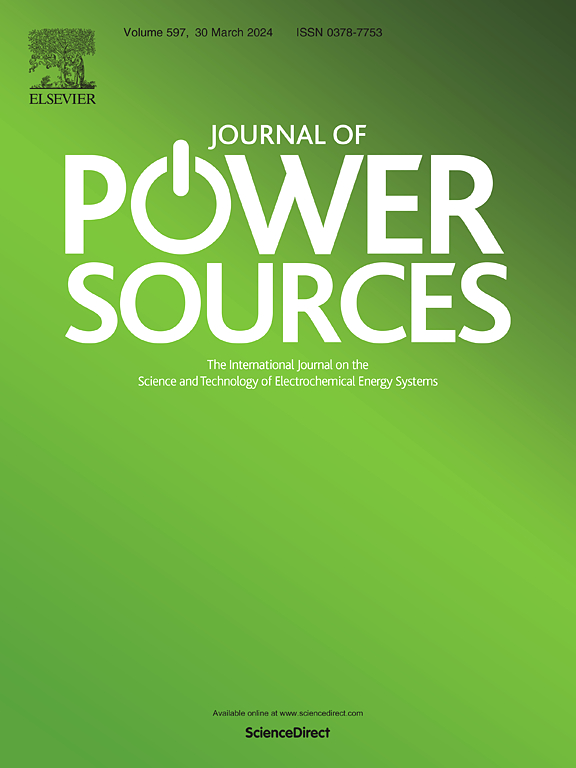Simultaneous achievement of high efficiency and brightness at low bias in red InP/ZnSe/ZnSeS/ZnS quantum dot light-emitting diodes
IF 8.1
2区 工程技术
Q1 CHEMISTRY, PHYSICAL
引用次数: 0
Abstract
As an exceptional class of Cd/Pb-free energy-efficient devices, the InP-based quantum dots light-emitting diodes (QLEDs), show promising prospects in display and lighting. However, their red QLEDs achieve high external quantum efficiency (EQE) over 20 % at low luminance. In this study, we develop a water-controlled Mg2+ doped ZnO nanocrystals (ZMO NCs) synthetic route to effectively control the surface oxygen vacancies, which related to the conductivity of ZMO electron transfer layer (ETL). Additionally, both ZnSe and ZnSe0.75S0.25 shells are introduced to alleviate lattice stress between the InP core and ZnS shell while enhancing photostability. Ultimately, we achieved a peak EQE of 20.9 %, accompanied by a luminance of 2905.4 cd/m2 at 3.4 V and a highly efficient luminance (EFL) of 60,722.9. The T50 operational lifetime is calculated to be 274,998 h (equivalent to around 31 years) at an initial luminance level of 100 cd/m2 by applying an acceleration factor of 1.8. The simultaneously high luminance and high EQE at a low drive voltage may efficiently reduce the power consumption.

求助全文
约1分钟内获得全文
求助全文
来源期刊

Journal of Power Sources
工程技术-电化学
CiteScore
16.40
自引率
6.50%
发文量
1249
审稿时长
36 days
期刊介绍:
The Journal of Power Sources is a publication catering to researchers and technologists interested in various aspects of the science, technology, and applications of electrochemical power sources. It covers original research and reviews on primary and secondary batteries, fuel cells, supercapacitors, and photo-electrochemical cells.
Topics considered include the research, development and applications of nanomaterials and novel componentry for these devices. Examples of applications of these electrochemical power sources include:
• Portable electronics
• Electric and Hybrid Electric Vehicles
• Uninterruptible Power Supply (UPS) systems
• Storage of renewable energy
• Satellites and deep space probes
• Boats and ships, drones and aircrafts
• Wearable energy storage systems
 求助内容:
求助内容: 应助结果提醒方式:
应助结果提醒方式:


